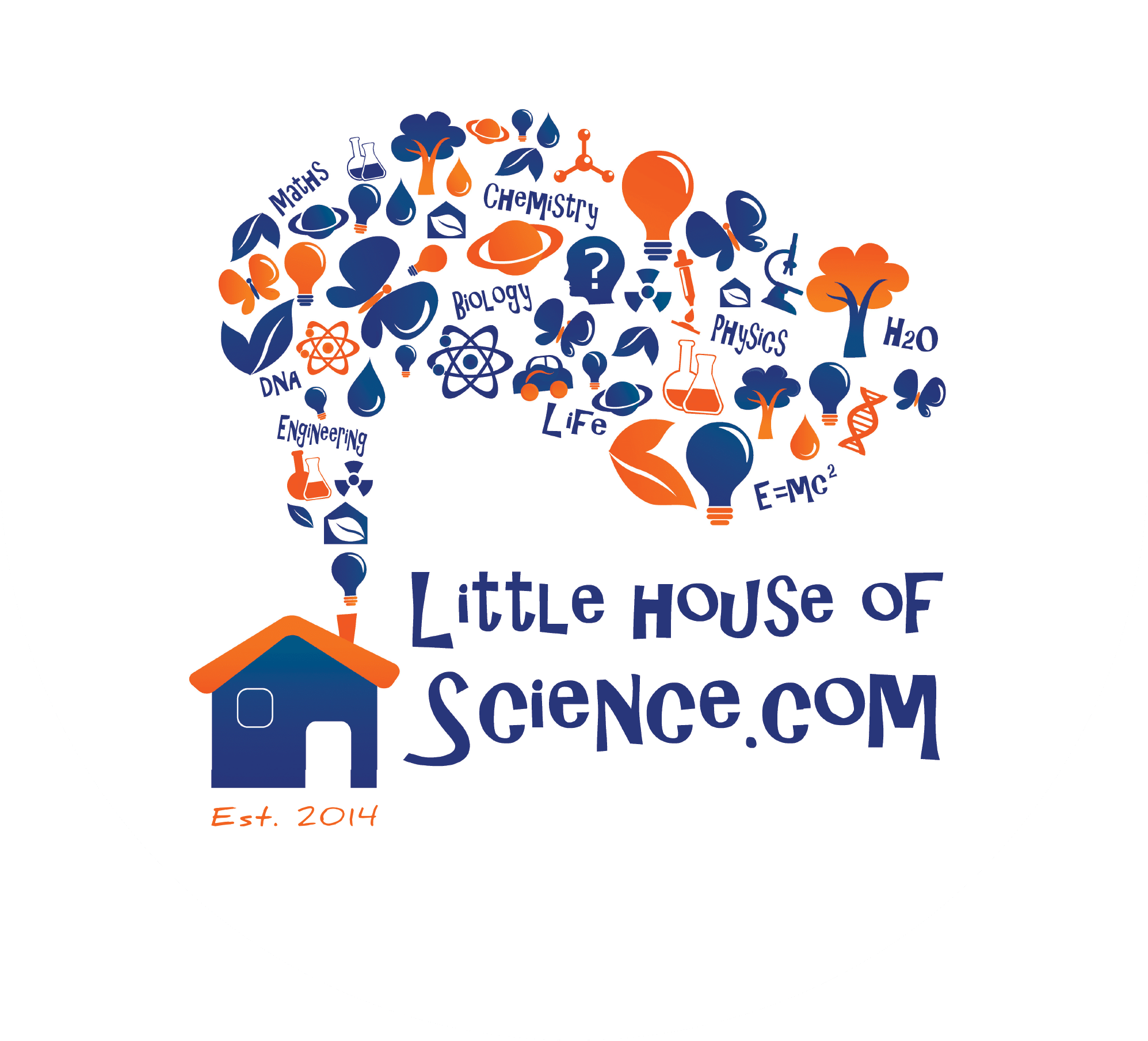Fascinating Facts About Oxygen
What is Oxygen?
- Oxygen is a chemical element with the symbol O and atomic number 8.
- It’s a nonmetal gas that forms dioxygen (O₂) under standard conditions.
- Oxygen is highly reactive and forms compounds with many elements, except helium and neon.
Properties of Oxygen
- Oxygen has a melting point of -218.79℃ and a boiling point of -182.95℃.
- It’s composed of three stable isotopes: O-16, O-17, and O-18.
- Liquid oxygen is pale blue and magnetic.
- Oxygen dissolves in water, with freshwater containing more oxygen than seawater.
Oxygen and Life
- Oxygen is vital for most life on Earth, supporting respiration in animals and plants.
- It makes up about 21% of Earth’s atmosphere and 50% of Earth’s crust.
- The oxygen cycle involves the movement of oxygen between air, living things, and the Earth’s crust.
Oxygen Production and Ozone
- Photosynthesis by plants and phytoplankton produces most of Earth’s oxygen.
- Ozone (O₃) is another form of oxygen that protects Earth from harmful UV radiation.
History of Oxygen
- Oxygen was discovered by Carl Wilhelm Scheele in 1771 but was independently discovered by Joseph Priestley in 1774.
- Antoine Laurent Lavoisier named oxygen in 1777.
Uses of Oxygen
- Oxygen is used in steel production, metal smelting, water filtration, plastic manufacturing, and rocket fuel.
- It’s also used in medical applications for breathing problems and as life support.
- Excess oxygen can lead to conditions like the bends in scuba divers and astronauts.
Interesting Facts
- Dragonflies were once much larger due to higher oxygen levels 300 million years ago.
- The aurora borealis’ green color is caused by oxygen atoms colliding with solar wind particles.
Learn More About Oxygen
Enroll in our science holiday camps or science classes to explore the wonders of oxygen and other elements!
